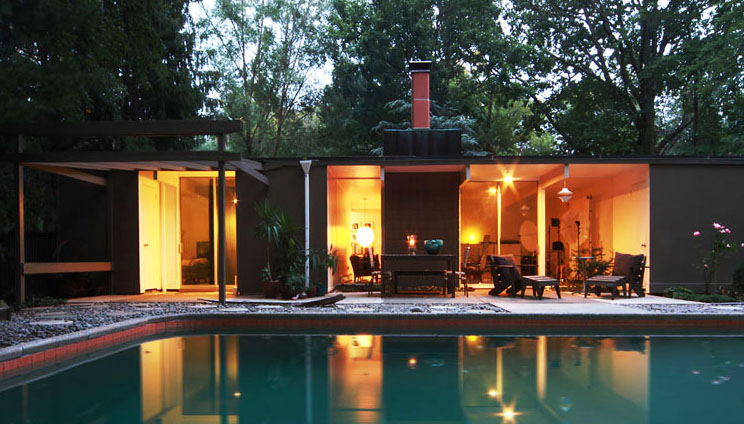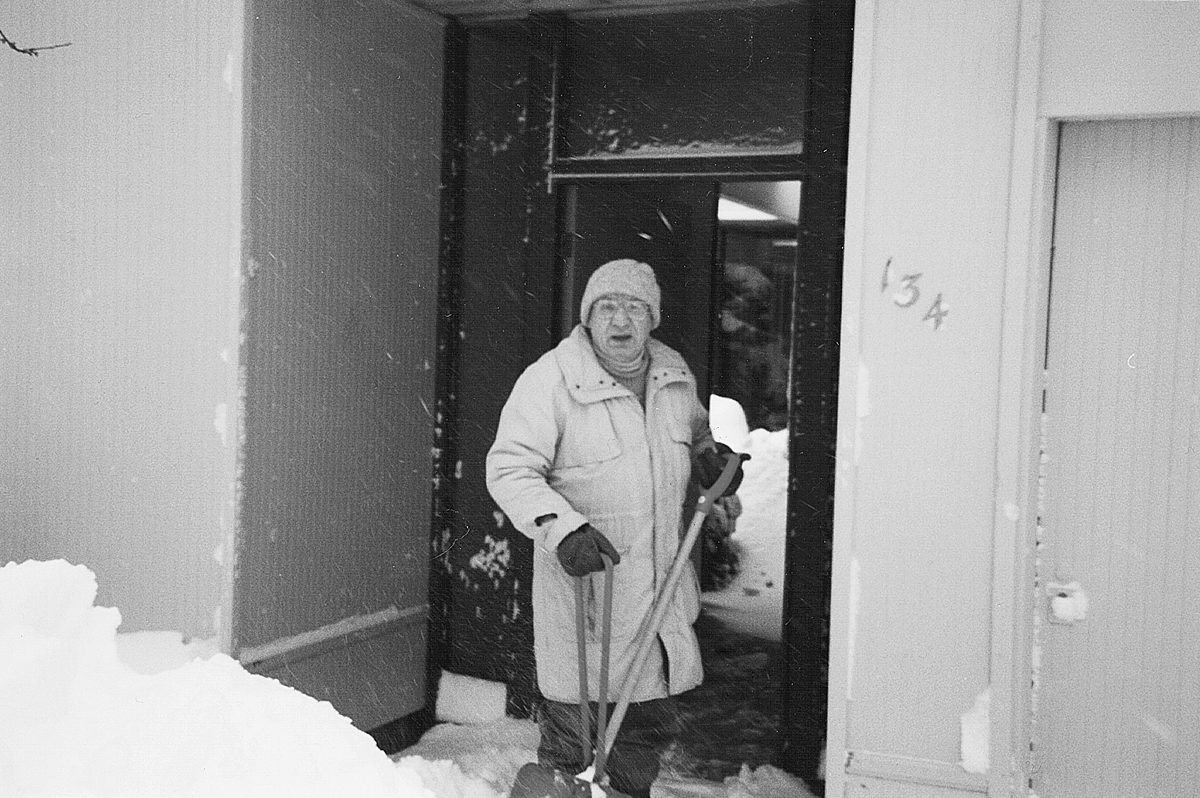Erecting Eichlers Back East - Page 2
 |
 |
 |
|
|
"Glass would be higher-performing to keep out the cold in the winter, but they would essentially look the same as long as the architect detailed it correctly," writes the Eichler owner, who says she is currently working on additions to four other Eichlers.
Roofing issues are discussed in the string by Blaine and another Chatterbox contributor named Cynthia Carter Ching. The architect says insulation requirements likely necessitate a thicker roof than Eichlers have, while Ching cautions, "Make sure the roof is adequately pitched. Snow load on a flat roof can be scary."
Koch responds that building a slight pitch to a roof can often be hidden by fascia that is plumb, and roofs can also be built with heating elements to melt snow.
"Even in places where it's common to have five, six feet of snow, you can keep the snow off the roof," she said. "It's actually quite effective."
As for insulating a modern, nearly flat-roofed home, Koch loves the high R-factor (if not the higher prices) of sprayed-on foam roofing: "It's just amazing how efficient that is."
Blaine's other two issues are foundation and building orientation, stating that the "foundation would be deeper because you have to build it below the frost line. Most Eichlers were slab-on-grade, but yours would likely be stemwall construction, depending on soil conditions."
"It's not impossible at all," Koch said of East Coast slab-on-grade construction. Noting the possibility of placing insulation around or even under the foundation, she added, "There's different options in what you can do with regard to insulation."
"The reason you want to have the slab on grade is you're connected to the earth," the Berkeley architect observed somewhat ethereally. "The best way to do that is to have a foundation system that is close as possible to the outdoor grade."
Conversely, Koch agrees completely with Blaine's points about orienting the home and landscaping to take advantage of both sunlight and shade.
"Landscaping can be a really important factor in terms of shade," said Koch. The architect also agrees with Ching that a good radiant heating system is essential to a modern home in colder areas.
Having lived in a mid-century modern home in Illinois, Ching advises, "Definitely get radiant heating. We spent all winter in socks and slippers."




